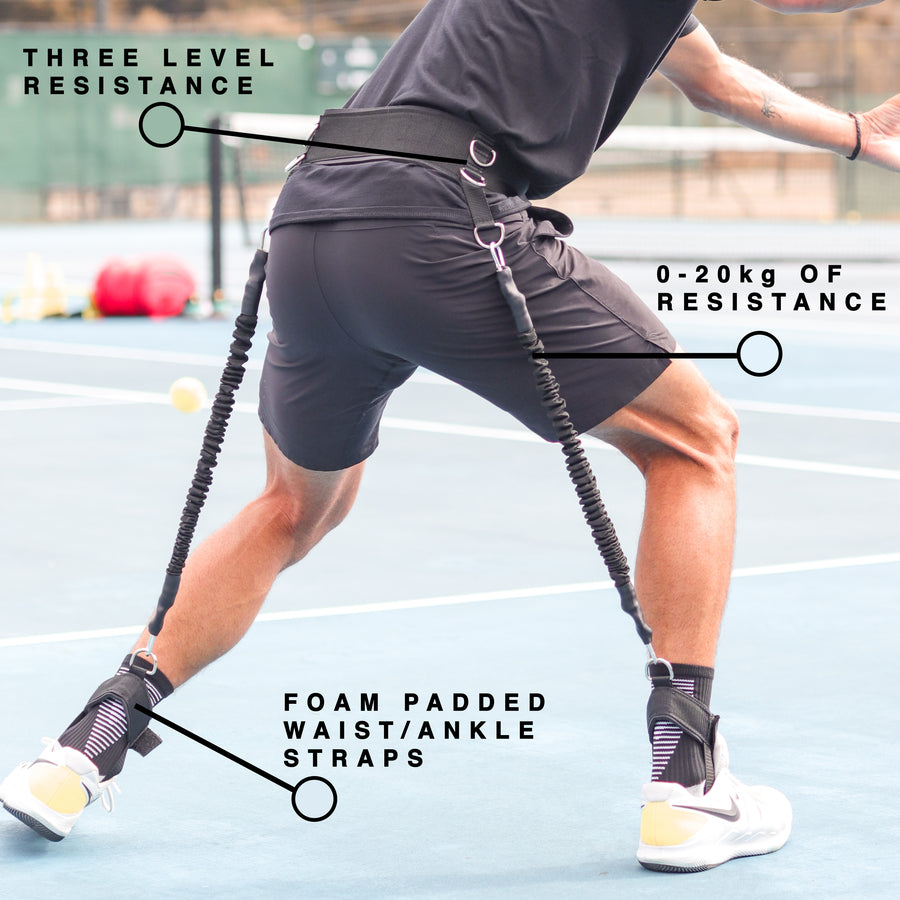The Art of TopSpin in Tennis

Unraveling the Spin Game: A Deep Dive into Topspin in Tennis
Introduction: In the fast-paced world of tennis, where every shot can be a game-changer, mastering the art of spin is akin to wielding a secret weapon. Among the various types of spins, topspin reigns supreme, offering players unparalleled control, consistency, and offensive prowess. In this comprehensive guide, we explore the intricacies of topspin in tennis, unraveling its mechanics, benefits, and strategies for implementation.
Understanding Topspin: At its core, topspin is a rotational motion applied to the tennis ball, causing it to spin forward as it travels through the air. Unlike flat shots, which have minimal spin, topspin shots rotate rapidly, creating a downward force that drives the ball towards the court surface upon impact. This unique trajectory not only enhances control and consistency but also allows players to impart greater pace and depth to their shots.
The Mechanics of Topspin: The key to generating topspin lies in the mechanics of the stroke, particularly the angle of racket contact and the upward brushing motion applied to the ball. When executing a topspin shot, players aim to make contact with the ball slightly below its center, allowing the racket strings to grip the ball and impart spin. Simultaneously, players employ a low-to-high swing path, brushing upwards against the back of the ball to generate rotation.
Benefits of Topspin:
-
Enhanced Control: Topsin shots travel along a curved trajectory, enabling players to target specific areas of the court with precision and accuracy. This heightened control proves invaluable in rallies, allowing players to dictate the pace and direction of play.
-
Increased Margin for Error: The downward force generated by topspin shots causes them to dip sharply as they approach the opponent's side of the court. This trajectory provides a larger margin for error, as the ball tends to clear the net with greater ease, reducing the risk of unforced errors.
-
Improved Shot Penetration: Topspin shots possess a steeper angle of descent upon landing, making them difficult for opponents to attack or return aggressively. This increased shot penetration forces opponents into defensive positions, setting up opportunities for offensive play.
Strategies for Implementing Topspin:
-
Forehand Topspin: On the forehand side, players can maximize topspin potential by employing a semi-Western or Western grip and executing a low-to-high swing path. By brushing upwards against the back of the ball with a closed racket face, players can generate significant topspin and dictate play from the baseline.
-
Backhand Topspin: The backhand presents a unique challenge, with players choosing between the one-handed and two-handed grip. Regardless of grip preference, the key to a successful backhand topspin lies in maintaining a smooth swing path and wrist snap, allowing for efficient rotation and control.
-
Serve and Volley: Even in serve and volley situations, topspin can be a valuable asset. By incorporating topspin serves with well-placed placement and spin variation, players can keep opponents off balance and set up opportunities to attack the net with confidence.
Conclusion: In the dynamic world of tennis, mastering the art of topspin can be a game-changer, elevating your game to new heights of precision and power. By understanding the mechanics, benefits, and strategies for implementing topspin, players can unlock a world of possibilities on the court, turning defense into offense and seizing control of every point. So, the next time you step onto the court, remember the power of spin—the power to dictate play, outmaneuver opponents, and ultimately, emerge victorious.

















